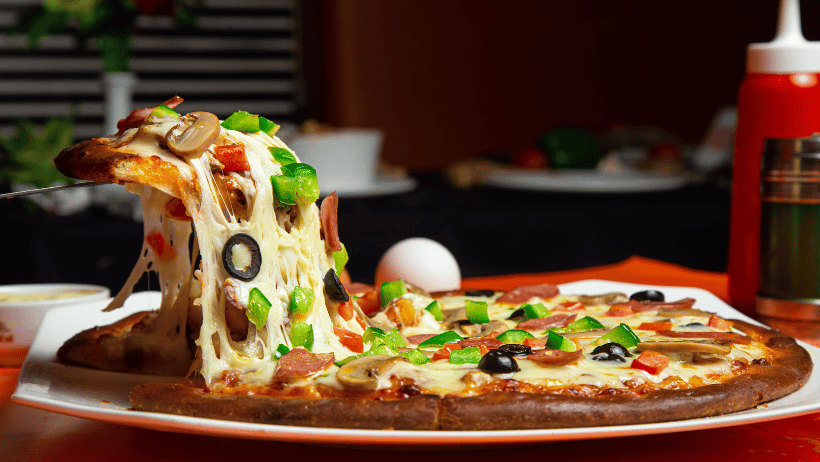The Science of Pizza: How to Make the Perfect Pie
People all across the world enjoy pizza as a food. Pizza has developed into a global phenomenon with innumerable variants and toppings from its humble roots in Italy. What, though, makes a pizza genuinely outstanding? In this article, we’ll explore the science of baking pizza and offer advice on how to create the ideal pie.
Let’s begin with the crust first. A healthy mix of chewiness and crispness is essential for making an excellent pizza crust. Using a combination of bread flour and high-gluten flour and giving the dough enough time to rise will help you achieve this. Use a sourdough starter or include herbs and spices in the dough to give the crust even more flavor.
Next, the sauce takes center stage. A flavorful pizza sauce should have a harmony of acidity, sweetness, and savory flavors. Additionally, it’s critical to use premium tomatoes and boil the sauce for the right amount of time to allow the flavors to merge.

Here comes the cheese. For a balance of flavor and texture, a good pizza should use a variety of cheeses, such as mozzarella, parmesan, and provolone. Additionally, using freshly grated cheese is crucial because pre-shredded cheese may have additional cellulose that can cause the pizza to get oily.
Don’t scrimp on the toppings, and lastly. Use top-notch ingredients and pay attention to how they will cook throughout baking. Pizza should be topped with some ingredients before cooking it, such as raw veggies, and with others, like cured meats, before.

You may make a pizza that will be a hit with your friends and family by using these suggestions and knowing the science involved in cooking pizza. Cheers to baking!




